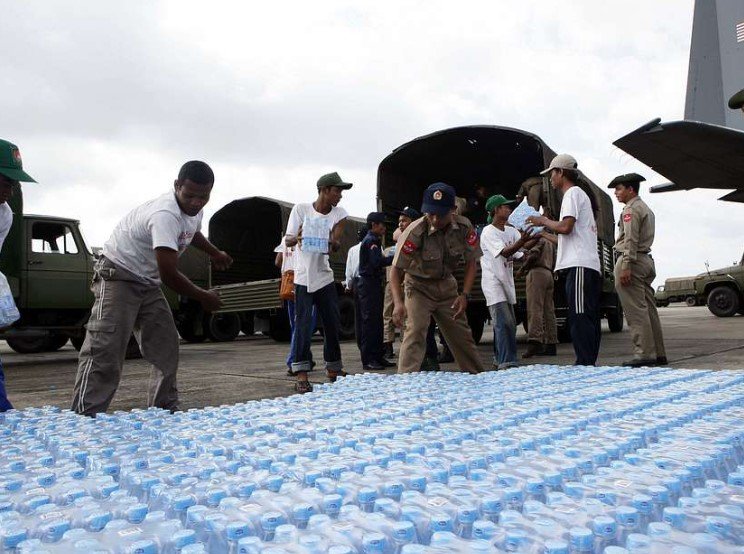A silent exodus of American aid workers is unfolding across the world, as thousands of USAID employees find themselves caught in the crossfire of a sweeping overhaul ordered by the Trump administration. With little guidance and even less time, staffers are scrambling to leave their posts, unsure of their futures and deeply concerned about the communities they are leaving behind.
Workers Left in the Dark, Scrambling for Answers
In Central America, one USAID employee decided to clear out her desk on Thursday. She hadn’t received official instructions, but she could see the writing on the wall. The Friday deadline was approaching, and she had to make a choice: stay put and risk being stranded or start making arrangements to get her family back to the US.
“We are on the Titanic right now, and we’re currently sinking,” she said. Her work—focused on democracy, public health, and environmental protections—was effectively over. She was left with no choice but to walk away, leaving unfinished projects in her wake. “We’re just pawns in this game,” she added.
The situation is chaotic, confusing, and, according to a lawsuit filed on Thursday, possibly unconstitutional. Employees stationed in dozens of countries say they’ve received minimal communication from leadership. Updates trickling down from Washington only add to the uncertainty: How are they supposed to get home? Who will move their belongings? Where will they live once they return?

The Plan: Merge and Gut USAID
The Trump administration’s move to dismantle USAID has been swift and brutal. The plan calls for merging the agency with the State Department and cutting its workforce from 10,000 employees to just a few hundred. According to the American Foreign Service Association and media reports, the scale of the cuts could effectively render USAID unrecognizable.
For decades, USAID has played a crucial role in responding to disasters, combating disease, and supporting democracy worldwide. Now, with staffers abruptly sent home, the future of these missions remains uncertain.
A USAID worker stationed in South Asia compared the situation to a dystopian nightmare: “It feels like the Hunger Games, or Squid Game.” Colleagues and supervisors have disappeared from internal messaging systems overnight. Employees are watching their careers—and the programs they’ve spent years building—vanish in real time.
A Last-Minute Court Order, But No Real Relief
On Friday afternoon, a federal judge issued a temporary restraining order against placing thousands of USAID workers on leave. The ruling aims to block the immediate furlough of roughly 2,200 to 2,700 employees and slow down the process of removing them from their posts overseas.
However, the order does not provide a long-term solution. The agency’s website now states that an “unspecified” plan is underway to return workers to the US within 30 days, though exceptions may be made on a case-by-case basis. This ambiguity has left workers more confused than ever.
“I don’t know what happens next,” said one employee in Latin America. “Being uprooted without a lot of understanding of what it means—it’s terrifying.”
What Happens to the Communities Left Behind?
For years, USAID has funded and operated programs tackling some of the most pressing global issues:
- Fighting HIV/AIDS and other infectious diseases.
- Providing food aid to famine-stricken regions.
- Supporting democracies in fragile states.
- Helping vulnerable communities adapt to climate change.
The sudden departure of USAID personnel could have devastating consequences. Entire projects may collapse. Essential funding could disappear overnight. The long-term impact of these cuts won’t be known for years, but one thing is certain—millions of people around the world will feel the effects.
A humanitarian worker in Ethiopia put it bluntly: “If USAID pulls out, people die. It’s that simple.”
An Uncertain Future for Those Returning Home
Even for USAID workers who manage to get back to the US, the uncertainty doesn’t end there. Many have spent years, even decades, living abroad. They are now being forced to return with no clear guidance on what comes next. Housing, employment, and financial stability are all up in the air.
The mood among employees is grim. One worker summed it up: “We’ve dedicated our careers to this work. Now, we’re being thrown away like we don’t matter.”
For now, USAID workers remain in limbo—waiting for answers, waiting for clarity, and, most of all, waiting for a future that suddenly seems very uncertain.
